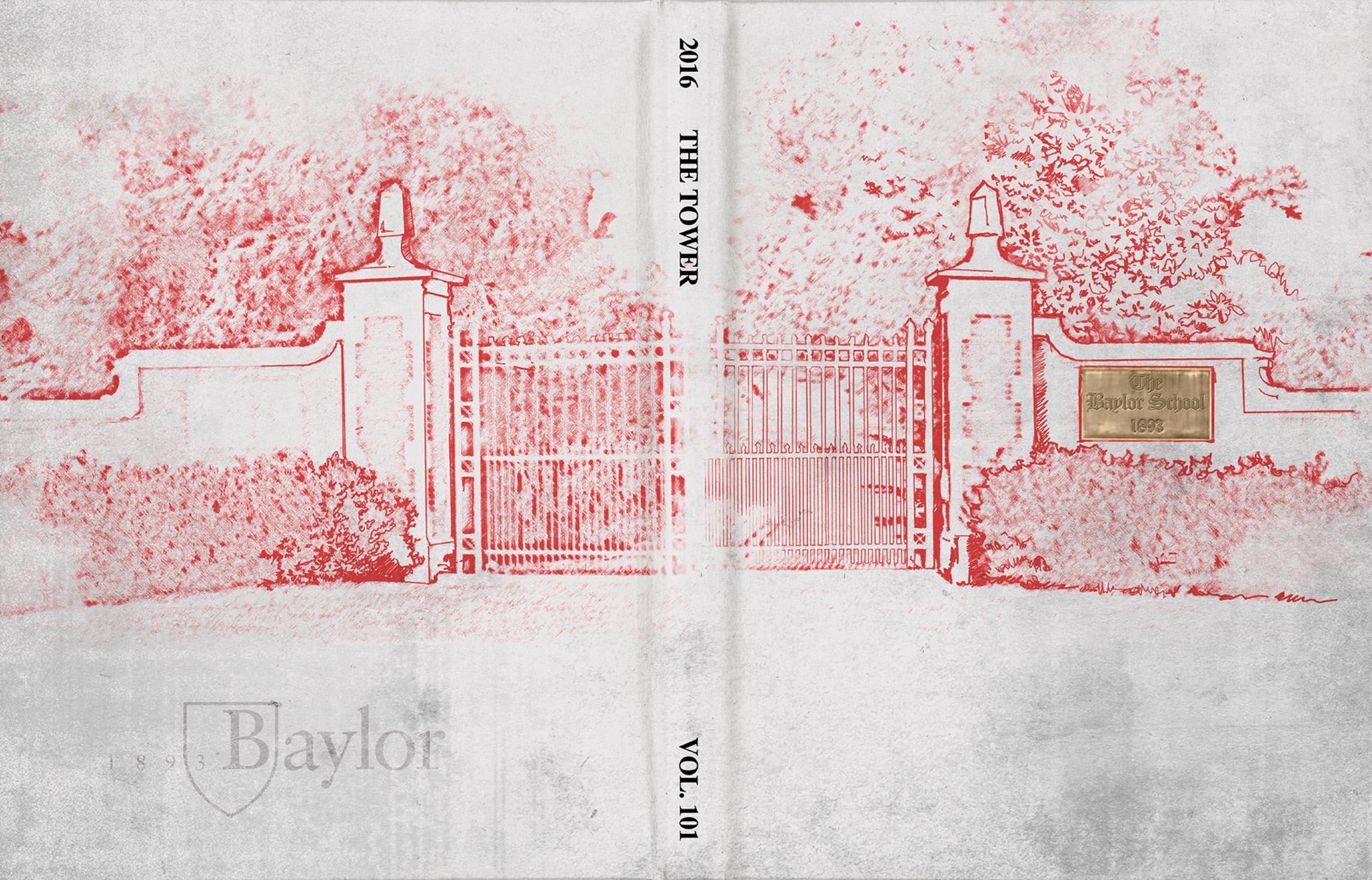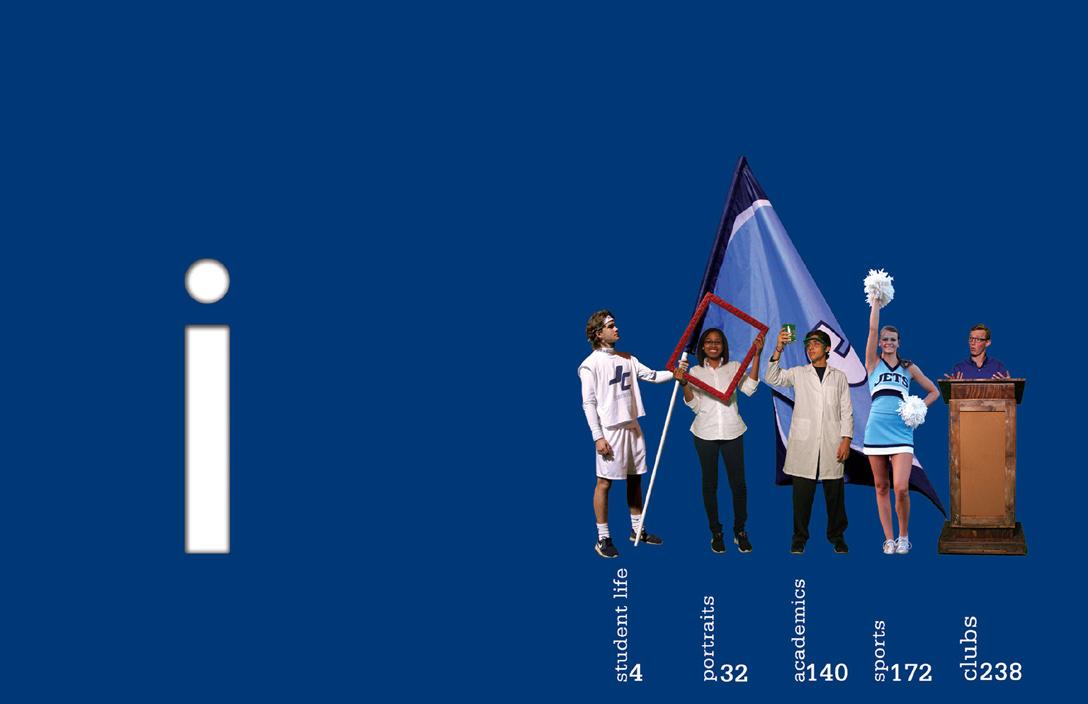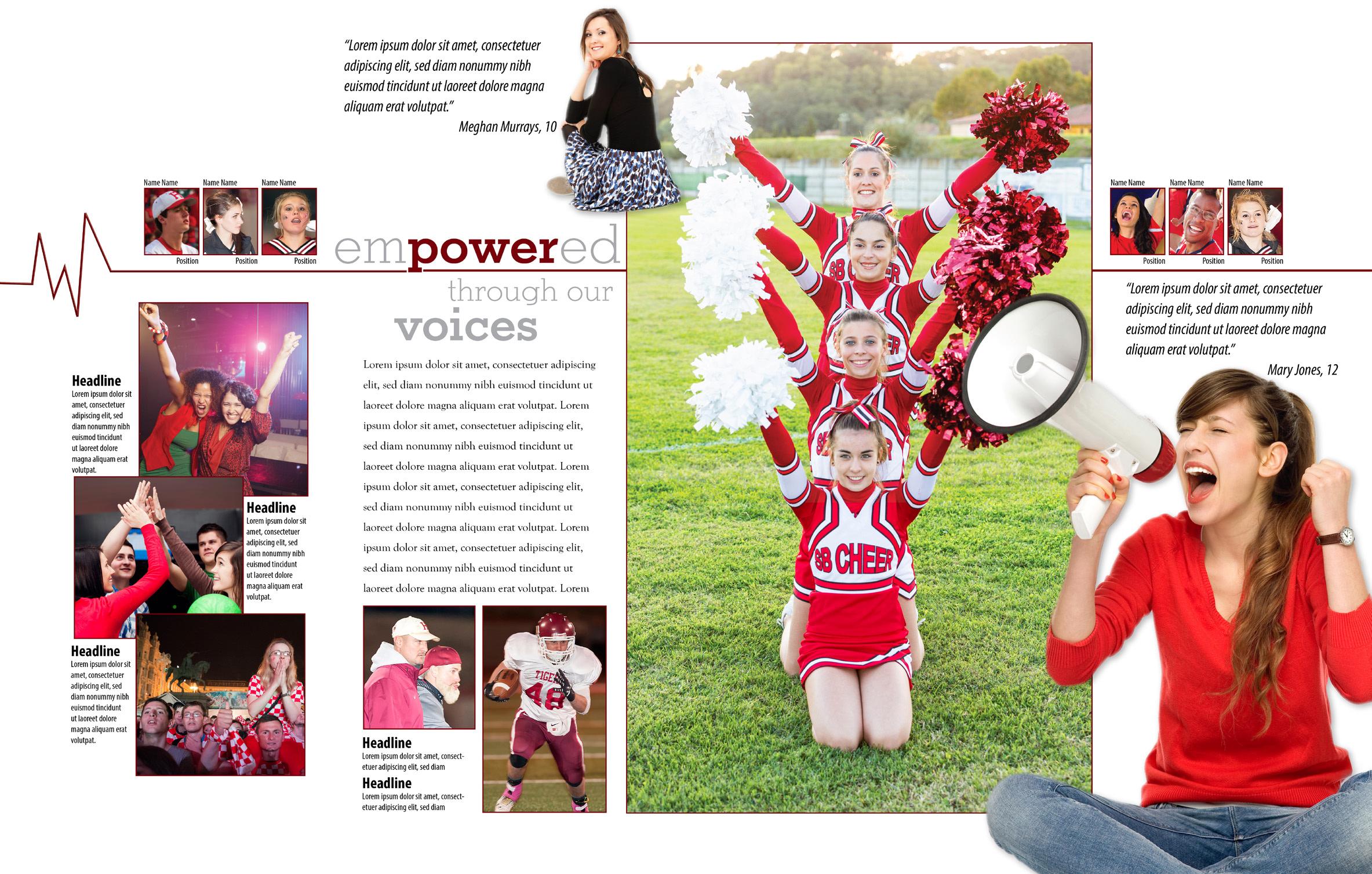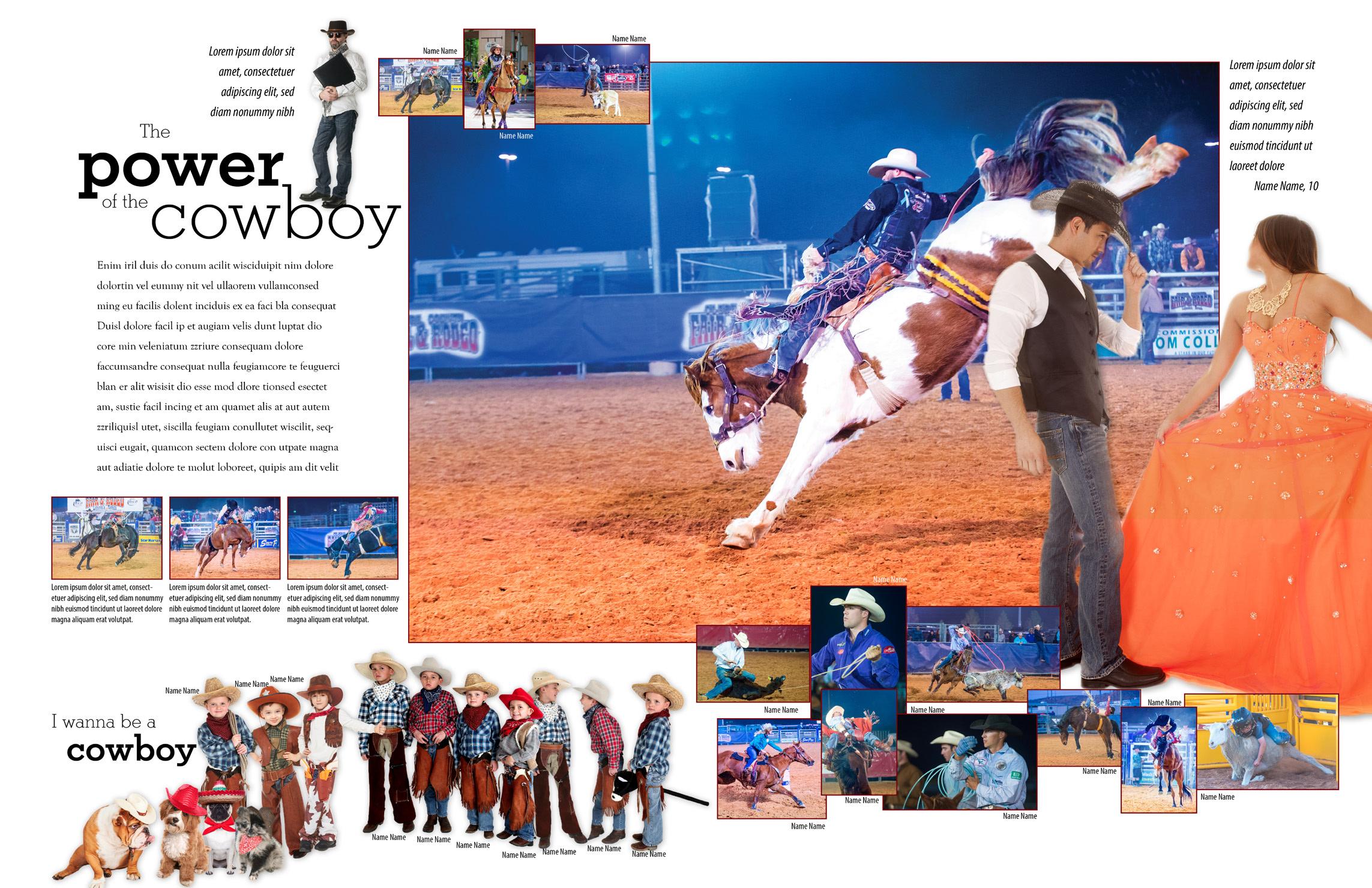Yearbook Curriculum & Adviser Guide
A reference guide to train your yearbook staff

A reference guide to train your yearbook staff

So...what’s a pica? A point is a measurement? No faces in the gutter!
“Coming to terms” with yearbook journalism can help you become a better communicator and designer.
The terms associated with scholastic yearbook journalism are universal to those who have served on publications staffs. To those new to yearbook journalism, however, the terms can seem foreign at times, but they are essential to know.
You’ll be using this “language” of yearbook whenever you communicate with printing personnel, sales professionals and experienced staff members.
The following terms are associated with yearbook production. Learn the meaning of each word and incorporate it into your vocabulary.
Goal:
At the end of this unit, students will define yearbook journalism terms.
Objectives:
1. Staff members will define yearbook journalism terms on the final test.
2. Staff members will use yearbook journalism terms correctly when communicating to editors and adviser.
Methodology:
Adviser and editors will present yearbook journalism terms to staff members. The staff will study the examples in this curriculum and correctly define the terms on an exam.
Evaluation:
Staff members will complete the yearbook journalism terminology exam with at least 80 percent accuracy.
The following are terms associated with yearbook production. Learn the meaning of each word and incorporate it into your vocabulary.
Cover - Protective covering for the pages in a book; usually designed to reflect the theme. Designs include printed (litho) or leather-like material, embossed (raised through application of a die), foil-stamped or silk-screened, to name a few.
Spine - The outside edge of the book that shows when it is placed on a shelf. It covers the bound pages inside the publication. On a yearbook, the spine contains the school’s name, city and state, year published and volume number.

Clear coating - A process involving the application of a shiny, transparent substance to emphasize words, numbers or images on a cover or page in the book.
Embossed - Raised images, words or numbers created with a special die designed specifically for a school’s cover.
Debossed - Portions of images, words or numbers depressed into cover material.
Grain texture adds depth and dimension to the cover
Foil - Shiny material applied to the cover.
Grain - A raised texture applied to the cover.
Red overtone rub emphasizes detailed embossing
The school’s logo is featured in a clear-coat application on the back of the book; the matte finish on the background contrasts with the shiny, clear coating

Detailed embossed (raised) image features the school’s entrance gates and wraps around the cover
Debossed gold foil block features the name of the school and year it was founded
Litho - A cover or portion of a cover that runs through a printing press. Litho is short for lithography, a method of printing. A litho cover can include a matte finish, clear coating, graining, embossing, debossing and foil. Silkscreen - A process involving ink or paint applied to a smooth surface.
Grained litho cover with silver and blue foil
Grain texture adds depth and dimension to the cover
Dark, silver-streak leather contrasts with the litho strip
Silver foil highlights spine copy and Lifetouch logo

A litho strip displays moments from a variety of school activities and wraps from the front to the back of the book
Embossed letters emphasize school’s name; blue silkscreen on the words echoes colors from the photo montage Embossed infinity sign symbolizes the book’s theme
Die cut - A hole cut through the cover and endsheet, revealing an image on the front endsheet.


gray words and numbers
Die-cut through the cover reveals an image on the front endsheet and emphasizes theme
Bleed - Image or background extending beyond the edge of the page.
Endsheet - The heavy paper that holds the printed book to the cover.
Die-cut slices through the cover and front endsheet, revealing the cheerleader image printed on the front endsheet
Table of contents - A listing of the book’s sections and the page numbers where the sections begin. The front endsheet offers an ideal place to include the table of contents.

is flooded with bright blue ink and features images representing each section of the book
of contents
Bleed - An element that extends to the edge of a page. Bleeding elements draw attention to themselves. Typically, designers bleed only one element per side.
Caption - Words or sentences describing photos.
COB/Cut-out-background photo - Pictures with backgrounds elminated; used to feature a person.
Dominant photo - A picture that is obviously larger than all others on the spread; used to pull readers into pages.
Title for story; contains primary (large) and secondary (smaller) words or phrases; introduces reader to story
The space between two facing pages; avoid placing faces or text in the gutter
Double-page spread - Two facing pages covering one topic with related secondary modules.
Graphic
Art symbolic of theme or page content; used for a reason or purpose; in this instance, it leads readers across the spread and represents the book’s concept
Caption
Mini-story identifying people pictured and explaining the action in the photo
the
Dominant photo
One photo obviously larger than all others on the page

Folio tabs
Page content identification
Copy/story
The story on the spread that ties all elements together
Folios
Page numbers, usually placed to the lower, outside corners
Idents
Names of those pictured and their relationship to topic covered on the spread; set in 8-point type
Cut-out-background photo (COB)
Picture in which background is eliminated from the image
Bleed
Element that extends off the page
Eyeline - A horizontal line of planned space that guides readers across the double-page spread.
Folio - Page number; usually placed to the lower, outside corners of a double-page spread.
Featured quote
Quote from person placed next to it; usually set in slightly larger type; 12-point italic recommended
Folio tab - Small type describing spread topic or content placed near page number.
Gutter - The space between the two facing pages; avoid placing photos or text in the gutter.
Inset photos
Small pictures embedded into a larger image
Headline
Title for story; contains primary (large) and secondary (smaller) words or phrases; introduces reader to story
Headline - Title that introduces a story or topic; consists of primary (large type) and secondary (smaller type) components.
Quote area
Small, related photos placed in a series with quotes from or about those pictured
Secondary module title
Subordinate title for a small package that supplements the story

Idents
Names of those pictured and their relationship to topic covered on the spread; set in 8-point type
COB
Picture in which background is eliminated from the image; also known as cut-out-background photo or cutout
Secondary module
Small package supplements the story; includes a subordinate title
Idents - Names of persons pictured in smaller photo areas; includes person’s relationship to the topic covered on the spread.
Inset photos - Photos embedded into or attached to a dominant picture
Pica - Printer’s measurement; one-sixth of an inch; traditional internal margin between elements on a design. Point - One seventy-second of an inch; type is measured in points.
Secondary module - Small grouping of related content to supplement main story or topic.
Caption
Mini-story identifying people pictured and explaining the action in the photo
Quote area
Comments from those pictured adding depth to secondary coverage module

Idents
Names of those pictured and their relationship to topic covered on the spread set in 8-point type
Cut-out-background photo
Picture in which background is eliminated from the image
Scoreboard
A list of teams played and scores from each game
Bleed
Element that extends off the page
Semi-transparent box
Block with light opacity lets
reader see caption and photo
Eyeline
One pica or more of space that carries readers’ eyes across the spread
Secondary module title - Small headline echoing the look of the primary headline; at least half as small or smaller than the primary headliine; introduces secondary coverage module. See example on page 8.
Title page - Page one of the yearbook; contains the school’s name, address, city, state, zip, volume number, phone number, fax number, website, school population, name of book and year.
Title page
First page of the yearbook; introduces theme with theme logo and photos symbolizing the theme; one of two pages in the book designed as single pages
Dominant photo
One photo obviously larger than all others on the page
Essential information
Information that identifies the book’s source; includes school name, street address with city, state and Zip Code; volume number, phone number, fax number, website, school population and name of book and year

Overlapped photos
Small pictures slightly overlapping each other, forming a small module of secondary coverage
Names of those pictured and their relationship to topic covered on the spread set in 8-point type
Name:
Identify the following yearbook journalism terms:
1. The space between facing pages is called the
2. The outside margin framing the double-page spread is called the
6. A one-pica internal margin is called
3. Name and explain how to use the three types of internal margins:
7. The type of cover printed on a printing press is called
8. A raised area, created with a die, on an otherwise flat cover is called
13. The heavy paper that holds the cover to the book is called
4. The type of internal margin used to show a relationship between photos is called
9. A texture on a cover’s surface is also called a
14. A dull finish applied to a litho cover is called
5. The type of internal margin used to highlight or separate elements is called
10. A shiny, metallic substance stamped on a cover or heavy endsheet surface is called
15. The list of the book’s sections and page numbers where sections begin is called
11. A shiny, transparent application used to emphasize words, numbers or images on a cover is called
16. Extending an element to the edge of a page is also called a
12. A hole cut through the cover is called a
17. A photo with the background eliminated is called
18. Two facing pages are also called a
(continued from previous page)
19. The large words introducing the story are called the
26. Page numbers are also called
20. An art symbol of the theme is called a
27. Page content placed near page numbers is also called
21. A mini-story identifying people pictured and explaining the action in the photo is called a
28. Small pictures embedded into a larger photo are called
22. A story is also called
23. The largest photo on the double-page spread is called the
29. A small package that supplements a story is called a
33. The first page of the yearbook is called the
24. A horizontal line of planned space that guides readers across the double-page spread is called
30. One-sixth of an inch, in printer’s terms, equals one
34. Name at least four items that must be included on the title page:
25. Names of photo subjects and their relationship to the topic covered on the spread are called
31. One seventy-second of an inch, in printer’s terms, equals one
32. A list of teams played and final scores used on all sports spreads is called a
Identify the following yearbook journalism terms:
1. The space between facing pages is called the
Gutter
2. The outside margin framing the double-page spread is called the
External margin
3. Name the three types of internal margins:
Traditional spacing
Tight spacing
Expanded spacing
4. The type of internal margin used to show a relationship between photos is called
Tight spacing
5. The type of internal margin used to highlight or separate elements is called
Expanded spacing
6. A one-pica internal margin is called
Traditional spacing
7. The type of cover printed on a printing press is called
Litho cover
8. A raised area, created with a die, on an otherwise flat cover is called
Embossed
9. A texture on a cover’s surface is also called a
10. A shiny, metallic substance stamped on a cover or heavy endsheet surface is called
13. The heavy paper that holds the cover to the book is called
Endsheet
14. A dull finish applied to a litho cover is called
Matte
15. The list of the book’s sections and page numbers where sections begin is called
Table of contents or Contents
16. Extending an element to the edge of a page is also called a
Bleed
11. A shiny, transparent application used to emphasize words, numbers or images on a cover is called
12. A hole cut through the cover is called a
17. A photo with the background eliminated is called
Cut-out-background, cutout or COB
18. Two facing pages are also called a
Double-page spread or spread
(continued from previous page)
19. The large words introducing the story are called the
Headline or primary headline
20. An art symbol of the theme is called a
Graphic
21. A mini-story identifying people pictured and explaining the action in the photo is called a
Caption or expanded caption
22. A story is also called
Copy or body copy
23. The largest photo on the double-page spread is called the
Dominant photo
24. A horizontal line of planned space that guides readers across the double-page spread is called
Eyeline
25. Names of photo subjects and their relationship to the topic covered on the spread are called
Idents or identifications
26. Page numbers are also called
Folios
27. Page content placed near page numbers is also called
Folio tab
28. Small pictures embedded into a larger photo are called
Inset photos
29. A small package that supplements a story is called a
Secondary module
30. One-sixth of an inch, in printer’s terms, equals one
33. The first page of the yearbook is called the
Title page
34. Name at least four items that must be included on the title page:
School’s name
School’s address
School’s phone number and/or fax number
Year of publication
Also, volume number and theme logo
31. One seventy-second of an inch, in printer’s terms, equals one
Pica Point
32. A list of teams played and final scores used on all sports spreads is called a
Scoreboard